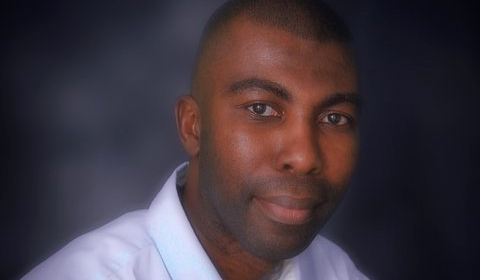In these modern times where people can freely express themselves via social media and other means, here are some ways that an organizations can safeguard its reputation from people who set out to ruin it.
I revel in the fact that I live in a society where people can freely express themselves. I believe that it is a solemn right that everyone should exercise, but it must be done in a judicious way. I say this in light of an observation that was made whereby someone or a group or persons sought to assassinate the characters of two of the most senior members of an organization.
Without repeating any of the vile things that were said about the gentlemen, I will posit that the remarks published on a social media site were slanderous and bear the marks of evil, bigotry and xenophobia.
When any member of an organization is smeared, that organization itself will not escape without a blemish and the harm to its reputation may be greatest when those attacked are its most senior.
Granted that there is legal recourse that individuals or an organization can take when its reputation is under attack, words put out into the ether can’t be taken back.
Like any other system within an organization that is managed – safety, security, finance, quality – reputation must be added to the list. Smart organizations must take all reasonable actions to manage its risk.
Why do people descend to such pitiful levels?
I wish I knew the answer to that question, but I never shy away from speculating. Socrates once said, “when the debate is lost, slander becomes the tool of the loser.” I would venture further to say that losers tear others down when they lack other means of building themselves up.
Whatever the reason may be, we all have the right to disagree with one another, or have dissenting views on various issues, but slander should not be an option.
What does this mean for employees?
All that it takes for evil to flourish, is for good men and women to do nothing. Thankfully, organizations are not composed of monolithic people, and those that are well-meaning ought to denounce any threats to the organization or the people who work for it.
I do understand the bystander effect that can take hold, but one must always ask himself – what if I was the victim of slander? The answer to that question should stimulate a call to action that is akin to a mother protecting her offspring from danger.
What can organizations do?
Before I attempt to answer this question, let’s first determine what is at stake. An organization whose reputation is tarnished can expect their relationship with customers, clients, regulators and investors to be affected. What about the organization’s ability to retain their best employees or attract new ones? That too will be affected.
With that potential fallout in mind, organizations can do a few things:
- Promote candor: when people feel like they have a seat at the table, they will freely express their views and are less likely to resort to slander.
- Celebrate wins: there is a myriad of victories that an organization can identify and celebrate publicly. I am not speaking of a party here. Press releases can be issued when employees meet a target, succeed at a training course, save the company some money, or any other similar small victories.
- Publish testimonials: whenever customers leave positive reviews, that should be published for the world to see.
- Monitor Social Media: social media has become a big beast which when tamed, can serve a company well. Have a presence on these sites and dictate the tone of the conversations. Be on the offense, not on the defense. Let your employees and customers be the organization’s brand ambassadors. On the odd occasion when something non-complimentary is said, respond swiftly.
What I have listed is just the tip of the iceberg, but it is a good start in the absence of a reputation management strategy. Even with this short list of tools, I can guarantee that any post with malicious intent will immediately collapse under its own weight and the perpetrators will shame themselves into oblivion.
Have you or your organization been attacked? How would you respond?








